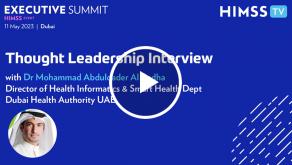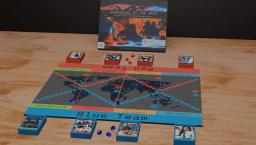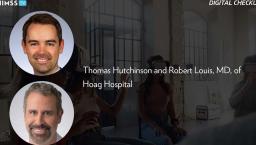In times of crisis, are you 'data-minded' or 'numbers-minded'?

By mid-February, the number of coronavirus patients had begun to increase around the world and set off alarm bells for many public health experts.
Still, said panelists in a recent HIMSS20 Digital presentation, many people were slow to recognize the truth about the looming pandemic.
"We tend to look at the world around us based on things that we know," said Dr. Barry B. Chaiken, clinical lead at Tableau Healthcare.
"As data started to come in about the problems … people saw that data but they really didn't have a foundation to be able to interpret it," said Chaiken.
"They'd look at their current reality, and they liked that current reality," he continued.
During the Tableau-sponsored talk, Uniting with Data in a Time of Crisis, Chaiken and his colleague, Tableau technical evangelist director Ashley Howard Neville, discussed the difference between being "numbers-minded" and "data-minded."
Being numbers-minded, said Neville, involves understanding what has happened. A data mindset, she said, means asking: "What can I do to make a change to affect the outcome of the future?"
Healthcare professionals can apply data in the context of the coronavirus in both predictive and prescriptive ways. In a predictive sense, he said, individuals can use the existing information about personal protective equipment use, ICU bed and ventilator use, and other metrics to infer an idea of where the pandemic is going.
In turn, he said, they can then decide what actions they can take to prepare for that future.
An organization with a strong data culture, he explained, will be making decisions driven by data across the board. And it won't just be at the executive level. Every staff member will be "reacting to that information based on their role."
Of course, just understanding the data isn't enough. True data literacy also involves communicating the insight.
"The ultimate way to do that is to tell a story," said Chaiken, by linking dashboards that have a message together.
"Think of it as: How do I tell this story so that … everyone can understand it," not just data scientists and analysts, he said. "A good visualization is valuable. But a great story, made up of great visualizations, is the ultimate."
HIMSS20 Digital
Experience the education, innovation and collaboration of the HIMSS Global Health Conference & Exhibition… virtually.
Kat Jercich is senior editor of Healthcare IT News.
Twitter: @kjercich
Healthcare IT News is a HIMSS Media publication.























